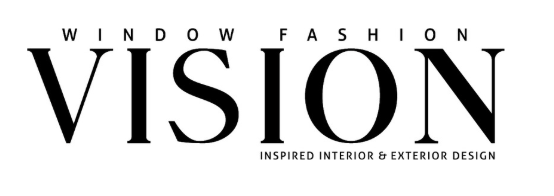By Kathy Wall

Why do some businesses get media attention and others don’t? Is it because those getting coverage in the press are somehow better? The answer is yes, but probably not in the way you imagine.
The product and services those businesses are pitching aren’t necessarily what’s better. It’s how they present themselves that may be superior. I regularly meet with editors from all the major home design publications. Every editor I talk with tells me that their budgets and/or staffing are going down and it’s getting harder to send photographers to shoot on location around the country. It’s especially difficult for them to justify the cost of photography for product “round-up” articles that involve many sources.
So where do they turn? To the businesses (or their PR reps or ad agencies) they know will have professional photography they can run in their publications.
If there is only one thing you can do to up your media-friendly ante, it’s to gift your business with professional photography. Once you have that, you can start sending well-timed press releases to the magazines you dream of being featured in.
Get the Right Kind of Professional Pictures

Get into the habit of hiring a professional photographer to shoot each project upon completion. For more complex jobs, shoot the various stages. Editors love “how to” stories that can be told visually—and at no expense to them!
To find the best photographers, start looking in magazines. Flag the photos you like best, then look at the photography credit lines for the names of the shooters. It’s also important to look at the stylists they work with. An editorial stylist will have the specific skills to visualize how a room will appear on the pages of a magazine. This art direction requires a different creative eye than designing a space for a client’s use—and it’s something magazine editors look for when choosing which homes they will feature in articles and columns.
Once you have a list, Google those names and visit everyone’s website or professional Facebook page for a greater sampling of their work. Check reviews and recommendations. You may not want to select a photographer known as a prima donna when there are others with equal talent. Magazine art directors, photo directors and graphic designers can also have invaluable advice on which photographers and stylists are the best to work with.
Start a Photo Library
Now that you’ve begun to document your work professionally, preserve those images in a photo library. Carefully label each project. Documentation should include the client and all those who participated in the the project as well as all of the various techniques and materials used. Identify each image and every stage of the project. You may think you will remember, but our long history in this business tells us otherwise. Nothing frustrates an editor more than to be given a great image, only to learn that its owner can’t properly identify it.
Let the Media Know With a Press Release
Once you’ve had your work documented, how do you spread the word to the media that you have these photographs and are happy to share? Press releases. If you’re not working with a professional PR firm, the idea of submitting a press release can be intimidating, so keep it simple. Just send a copy of the photo with a short expository couple of paragraphs explaining what the images illustrate. Make sure the story angle—what’s newsworthy about the project—is clearly stated.
At the bottom of the press release, drop in a boilerplate. In the PR industry, that’s the term we use for the basic information about a client—the who, what, when, where, why and how— that we include in every press release. Your boilerplate should be a brief, friendly introduction to your business. Include information such as when you were founded, by whom, what you do, what makes your business unique, where you are headquartered, and who your target market is. Any interesting anecdotal information, as long as it’s not too lengthy, can be included. It should be no more than five sentences or so.
Be Patient
Once your press release is written, be strategic about sending it out. It’s better to approach one magazine at a time, starting with your top pick. Explain that they are your first choice and request that they let you know if the project is not a fit for them at this time.
Be aware that just because a publication doesn’t answer doesn’t mean it is saying no. Follow up in about 30 days and again 30 days later. After that, you can move on to the next magazine on your target list.
Getting the ink can take a lot of time. While you’re waiting for a magazine to snap up your images, don’t publish them in any other public domain, including your social media and website. You may have to wait for a long time to use the images, but keep in mind that your patience can pay big dividends. There’s nothing quite like seeing your work in the glossy pages of your favorite magazines.
Kathy Wall is president and ringleader of The Media Matters, an agency in the Triad area of North Carolina offering marketing, advertising and brand strategy to a roster of international clients. Kathy has shared her talents with the home furnishings industry for over three decades and formed her own business 19 years ago. Her motto? “We don’t work with jerks.”





